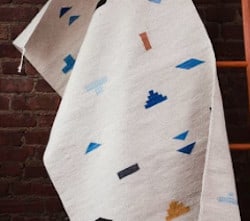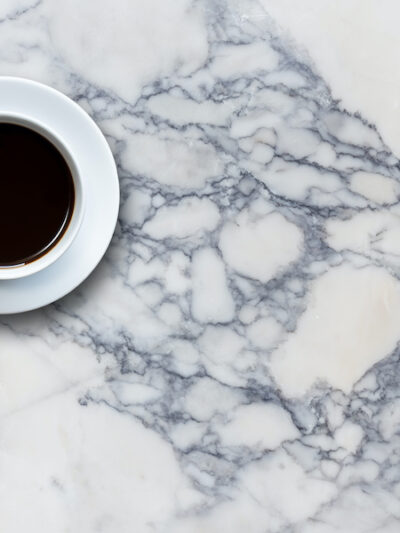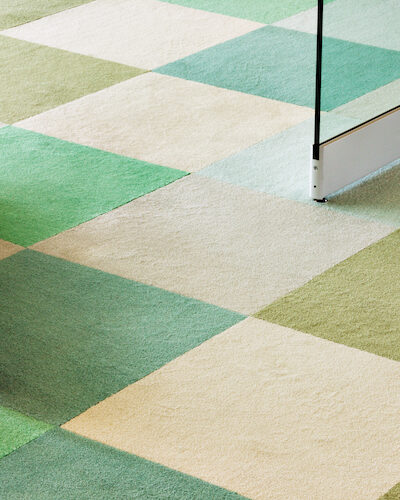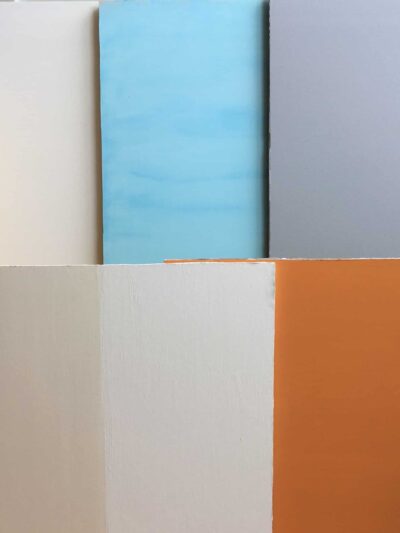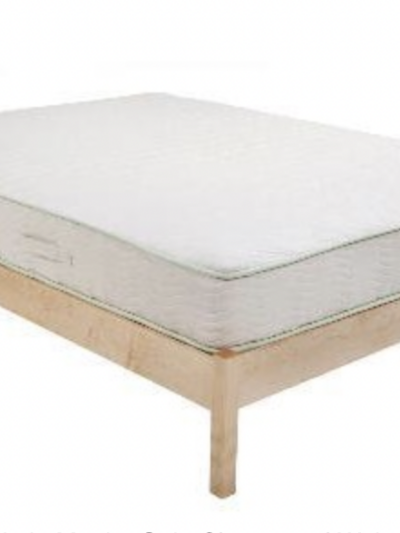The 18 Best Non-Toxic Rugs (That You Can Buy Online)
There are only a few companies that have gone the extra mile to fully disclose what is in their rugs. These are the top companies making healthy area rugs safe for those avoiding toxins in the home, as well as safe for nurseries with crawling babies, and sensitive pets. Those avoiding chemicals should avoid area …
